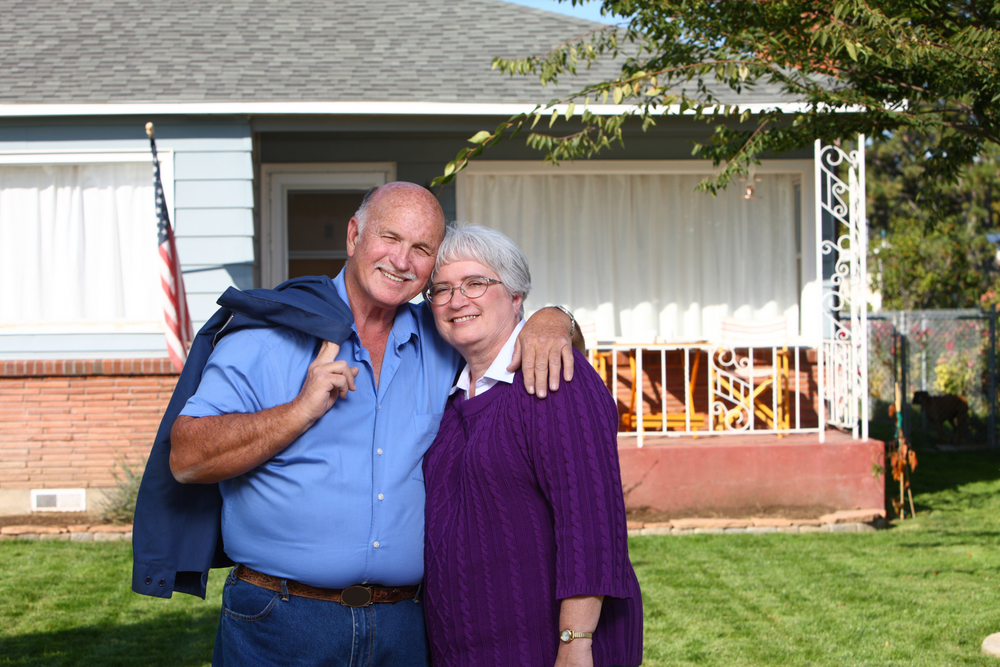
Finding a home that we like that can change along with us and that can accommodate our needs as we get older, even as they might change, is a key part of aging in place successfully.
Aging in place is not a moment in time
Often we hear people discussing or referring to aging in place as if it is an action that is completed, and then set aside and not addressed again. However, aging in place is not an event like graduation or getting a driver’s license or a promotion. It is ongoing.
Sometimes aging in place is quite subtle to the point of hardly noticing anything specific about it, and other times it can be more dramatic and pronounced with definite adjustments or modifications that are required or implemented to assist us in remaining in our homes.
Regardless, we won’t look back at a particular moment as the time when we began aging in place – perhaps only when we became aware of it. Aging in place is a lifelong continuum. Some people take more obvious measures to facilitate effective and safe aging in place than others, but it definitely is an ongoing and continuous process.
Aging in place is how we go through life
As we get older, we make normally make adjustments. Some days we feel more energized than others. Sometimes we feel more adventuresome. Some days, we feel more reserved. We adapt as we feel we need to for that day.
Aging in place is the same way except that our homes should allow us to have the underlying safety and comfort that accommodates our shifting moods and needs. Our homes need to be safe and comfortable for us. They should be pleasant to occupy and live within. As we go about our daily activities, our homes should not restrain us but allow us the freedom to be as we want.
Some people are going to have more urgent and apparent needs than others. Some are going to require more significant improvements, modifications, or changes to their homes than others. Some may require very little in the way of adjustments to the homes to accommodate the passage of time.
All of us are different with varying needs and physical abilities. Our homes should allow us to be safe and functional as we meet each day.
Planning for changing needs
All of us have changing and evolving needs. Just getting older means that something we could do easily a few years ago may be more of a challenge currently. A home that is designed well to accommodate our aging will mean that we can use it just as effectively and effortlessly now as we could a few years ago even though our abilities may have changed with time.
As we plan for renovations or remodeling that we think might be beneficial in our homes, we should anticipate how those changes can allow us to continue to function well even if our abilities change along the way. Renovations that are more universally framed and completed should serve us better than specific ones that address needs that may change over time.
